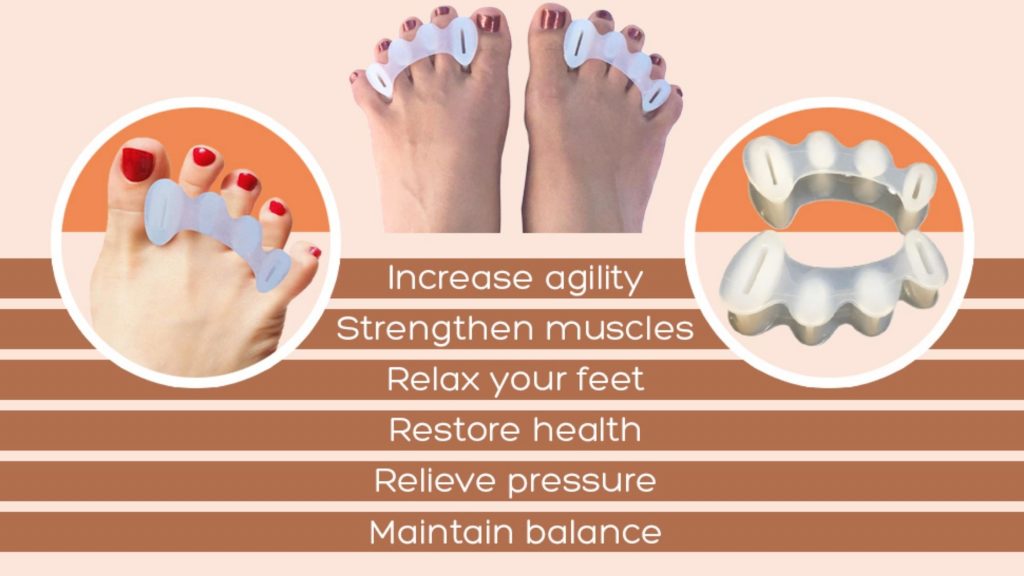Your nails are buffed to remove their shine, allowing the polish to adhere more readily. While buffing does not strengthen your nails, it does extend the life of your manicure. First, prepare your nails for buffing by filing them to your desired shape. Then, polish and shine your nails with a multi-sided buffer after your nails have been filed. They can then be painted or left natural!
What Is Nail Buffing?
When doing a manicure, nail polish and cuticles are given a lot of attention. However, we often forget to prepare the nails themselves. That is where the Buffing Nails With Oil come in. Nail Buffer Blocks that have different grades of grit side can be used to polish nails. Your nails will be smooth and well-groomed after using this manicure product. So no matter what polish you wear, you’ll always be “polished.”
In addition to smoothing out ridges, This Pedicure product can also make your nails look healthy and shiny and help polish adhere if you decide to wear it. They have different grits for different purposes on each side. In addition, the numbering on some of them makes it much easier to distinguish between the sides.
Best Way To Buff Nails
Here we focus on the four-way buffing block. First, How to use a 4-way nail buffer:
Pre-Buffing & Remove old nail polish:
To begin filing your nails, you must have clean, unpolished nails. First, dry your nails and make sure they’re clean. If there are any traces of old polish left on your nails, remove them using nail polish remover. You may want to dip your cotton swab in nail polish remover. Rub each nail until all of the polish is removed.
You can shorten your nails with a nail clipper to the length you prefer.

How To Use Buffer For Nails
Use the Side One of the Buffer to File your nails.
For shaping your nails, use this side. Working in short, sharp strokes and only filing one way is the best technique. A sawing motion will weaken and split the nail as it is filed back and forth.
Use the Second Side of the Buffer to Buff your nails.
For Buffing your nails, use this side. It is used to smooth out your nails and remove any ridges or dips. Those ridges are essential to watch for. Usually, these are just part of getting older, but they can also signal other health concerns. Consult a doctor if you feel or look unwell.
Use the Third Side of the Buffer to Polish your nails.
Buffing should be performed much like the previous step but a little more vigorously. The process removes all the little imperfections on your nails you might have missed and smooths them out even more. A finer grit will result in a glossier finish.
Use the Four Side of the Buffer to Bring out the Shine
It’s amazing how much shine you can get with such a simple step. Be gentle as you buff in small back and forth movements. Do not press too hard or overdo it.
Helpful hint – In the case of shiny nails from the last step, the polish will be less likely to adhere. When using Nail Strips specifically.
Make sure to remove any polish residue and dehydrate the nail a bit before applying polish by wiping your fingers with a nail polish remover or an alcohol prep pad.
Consider your fingernail as a smooth, blank canvas that must first be primed in order to become a work of art!
How Often Should I Buff My Nails?
Buffering is actually mild surface abrasion, so it shouldn’t be done too often or too roughly because it can cause the nails to thin or weaken.
How To Smooth Rough Nails
It would be ideal if you did this for one month. You can do it less often, however, if your nails don’t look rough or if you usually wear nail polish and don’t care about the shine.
The next time you are out and about in the Rockholder, grab a buffer block if you don’t have one at home. It’s something I believe you’ll appreciate.


